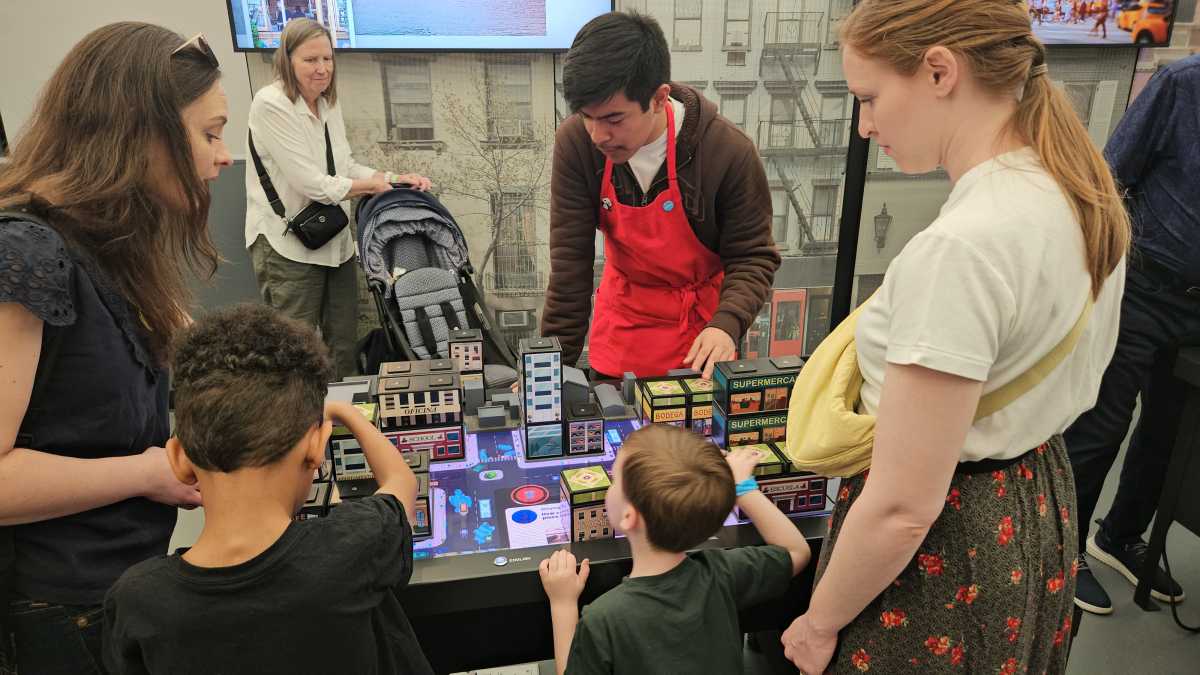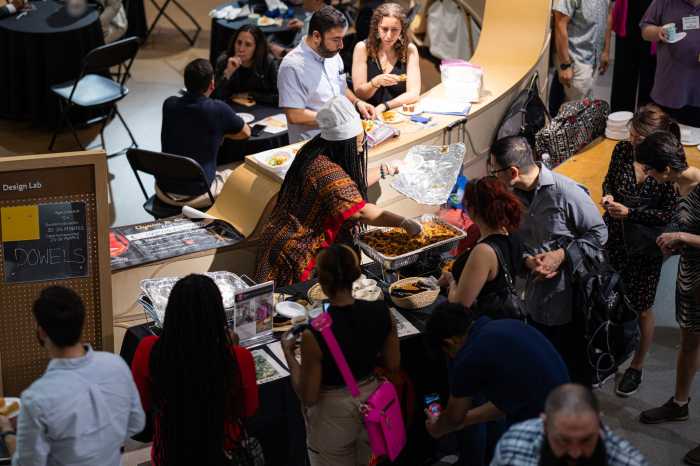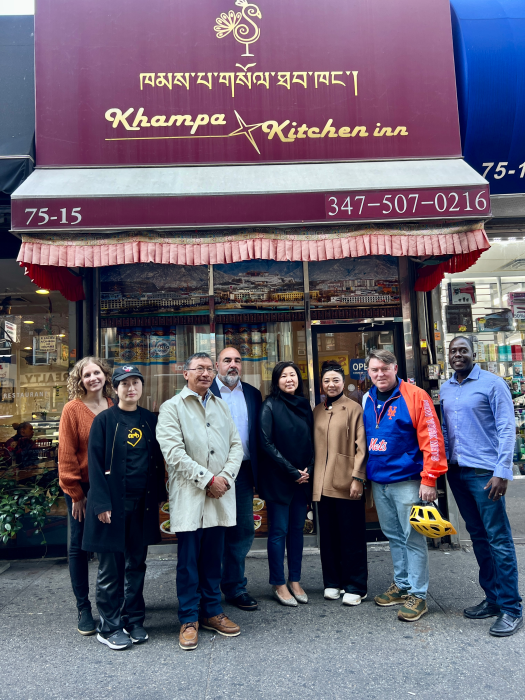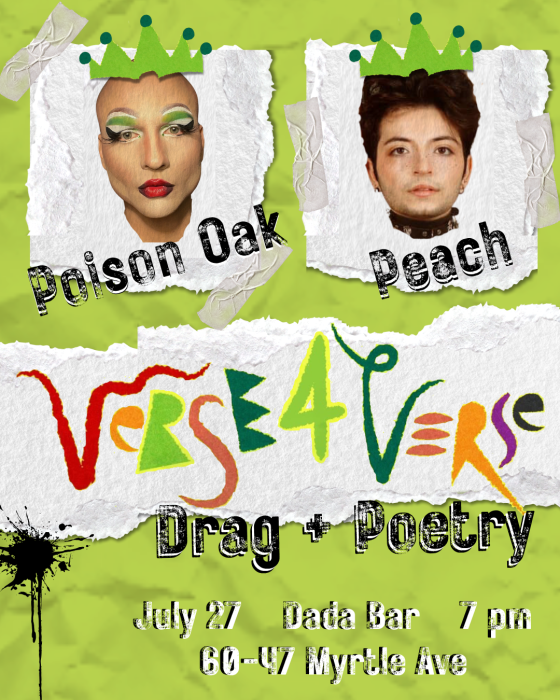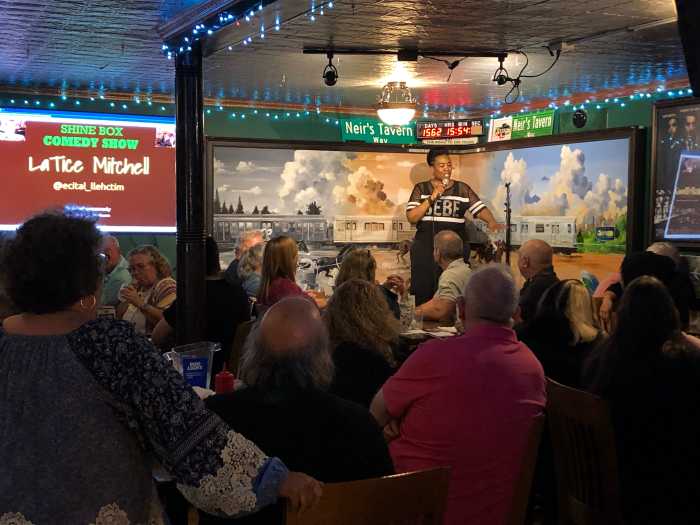The New York Hall of Science in Corona opened its largest interactive exhibition in more than a decade on Saturday, May 3. The exhibition explores the often invisible inner workings of the built urban environment.
CityWorks is housed in a 6,000 square foot gallery, and the exhibit was created by a team of NYCSI exhibit developers, researchers, and educators over the past five years. Visitors will have the opportunity to explore the intricate systems and engineering that enable cities to function, including how they break, evolve, and endure.
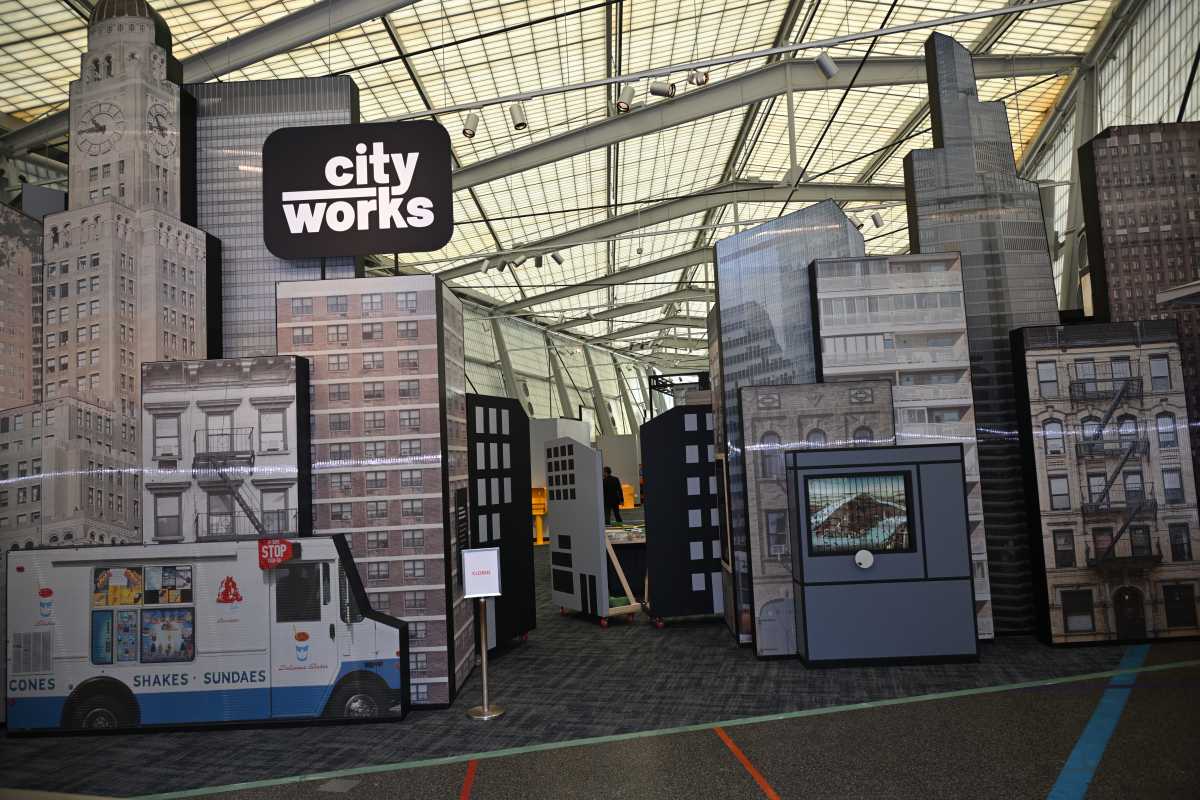
“More than 80% of Americans live in cities,” NYSCI President and CEO Lisa J. Guggenheim said. “Cities are the heart and pulse of our country, and countries around the globe, and understanding how they work is critically important to how they will function in the future. They rely on engineering systems and decisions that are complex in their beauty.”
CityWorks expands on NYSCI’s commitment to fostering science, technology, and engineering learning among the next generation of learners and creative thinkers. NYSCI — through partnerships with schools, universities, and community partners — empowers future innovators, scientists, and leaders of tomorrow. The new exhibit will give all visitors the tools they need to be urban and city planners.
“CityWorks will invite visitors, young and old, to explore this world, taking them deep into the built environment and challenging them to engage with the materials and ideas that keep our cities thriving,” Guggenheim said.
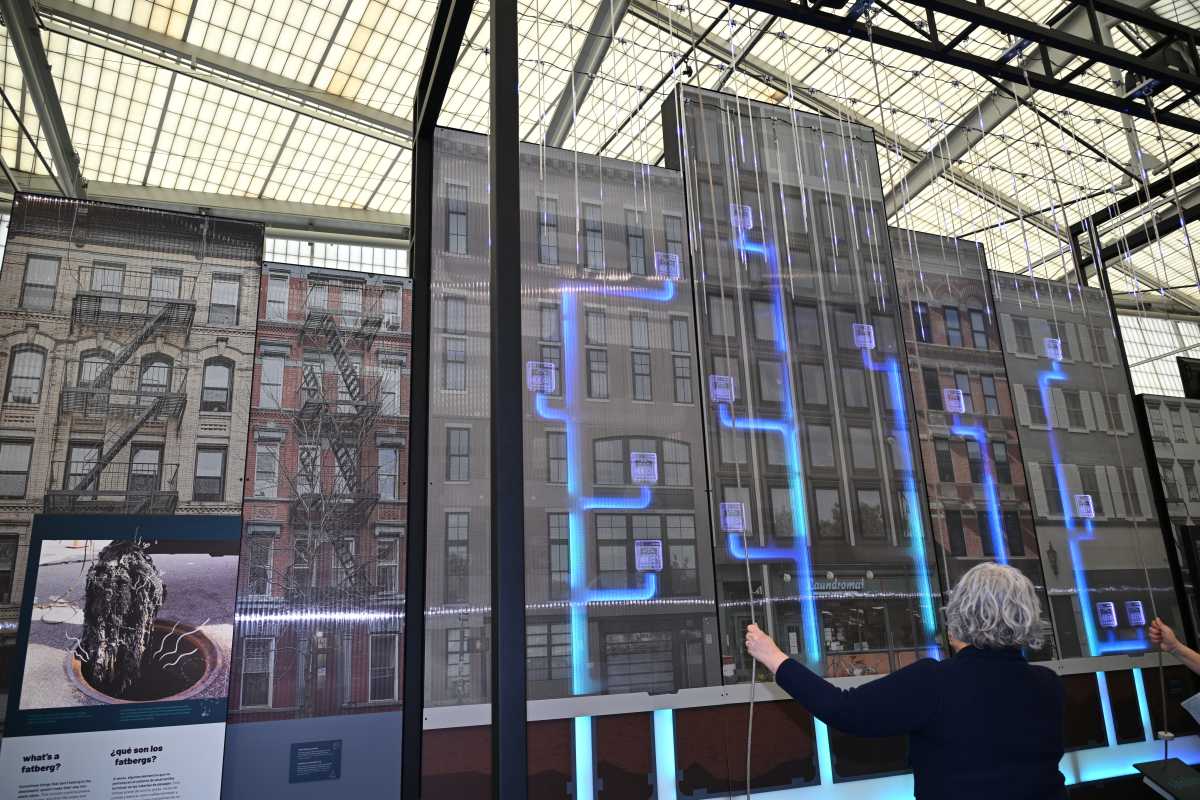
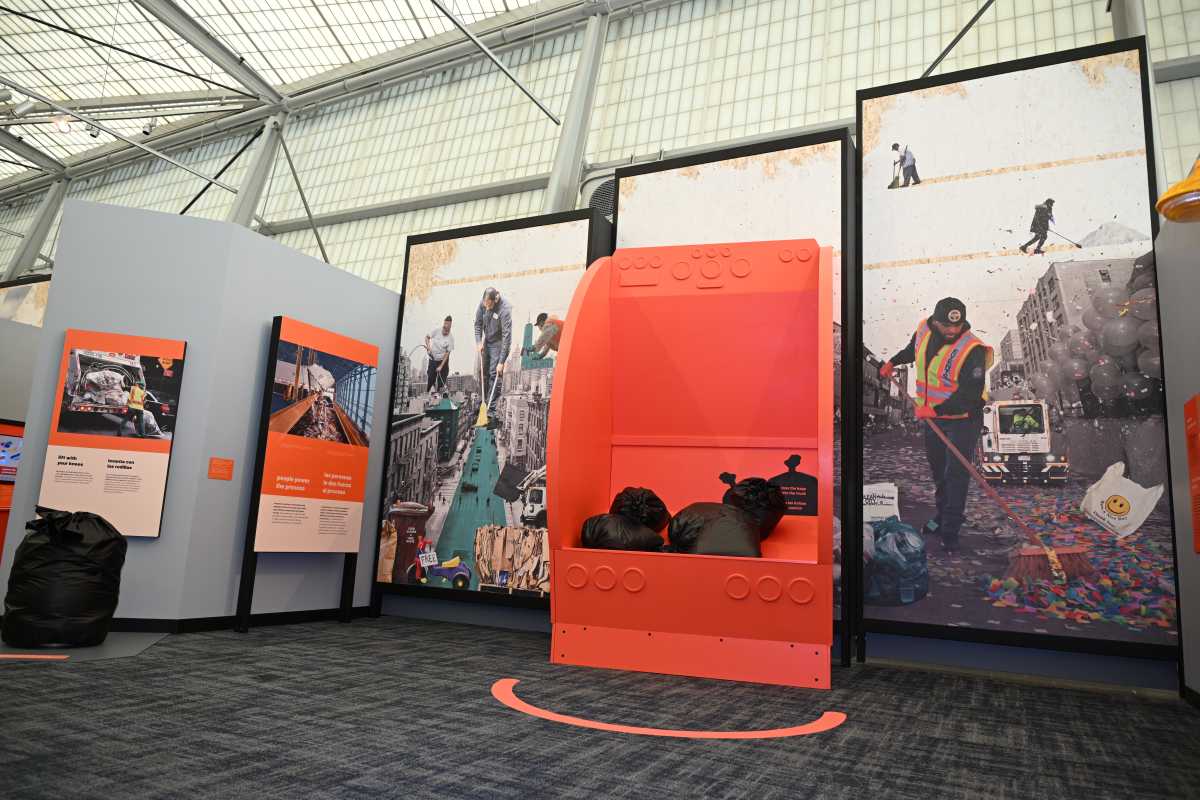
CityWorks focuses on five different aspects of city infrastructure: transportation, water and wastewater, sanitation, construction, urban development, and integrated systems. Each section of the exhibit includes an explanation of how each system has traditionally functioned and evolved over time and what potential future challenges each could face as cities continue to adapt.
“City infrastructure. When it works the way it’s supposed to, we don’t notice it. We only notice when something breaks or something’s late or something’s too crowded or causing a problem,” NYSCI Chief Learning Officer Katie McMillan Culp explained. “One of the things we wanted to do with this exhibition was to make much more visible the systems that support the city every day and make the city run.”
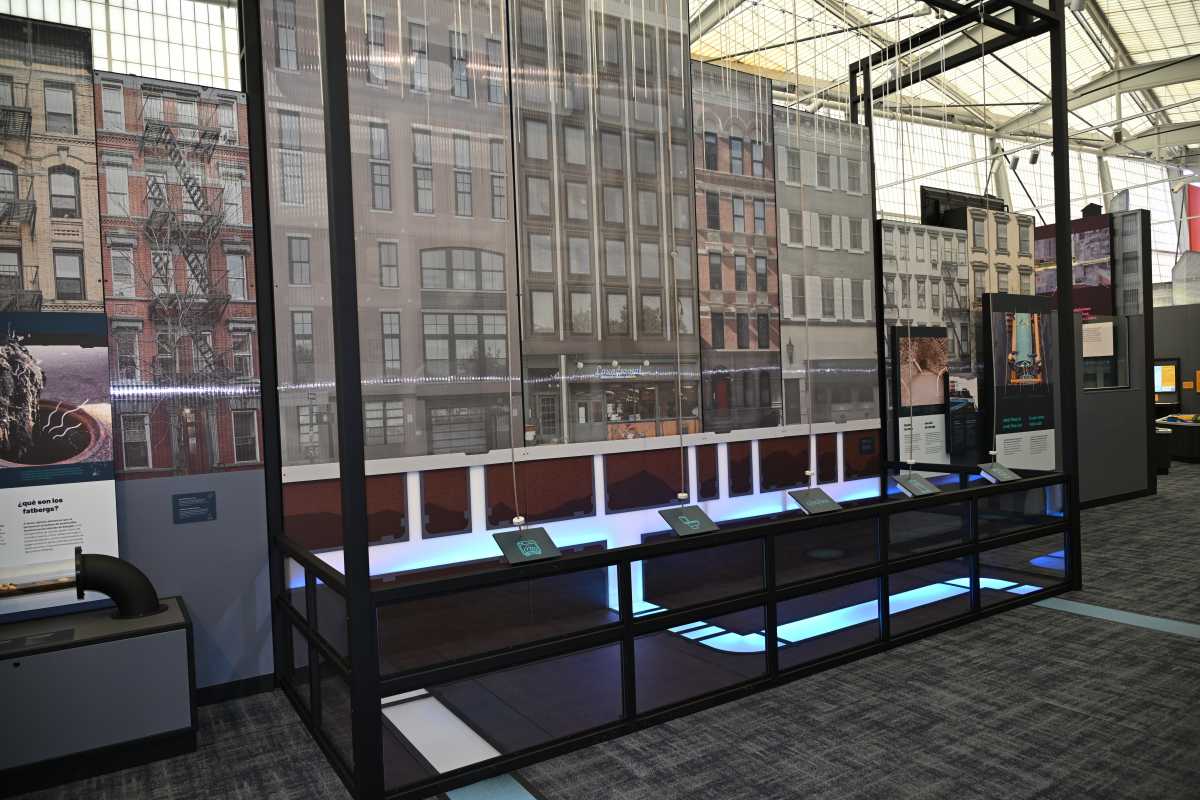

Because residents and workers are the city’s most powerful levers for driving change and building a sustainable and more livable future, CityWorks focuses on the workers who design, build, and maintain cities, from engineers and scientists to sandhogs, sanitation, and parks workers. Exhibit imagery, content, and future programming will highlight the roles of people as stewards of a city’s systems, which require maintenance and repair. NYSCI’s recent history is itself a part of the story. First closed by the pandemic from March 2020 through July 2021, the museum was then shut again in September 2021 after Hurricane Ida slammed into Queens, sending over a million gallons of water from sewage drains into the museum in Flushing Meadows Corona Park.
CityWorks is NYSCI’s first new, large-scale exhibition since the institution reopened in October 2022.
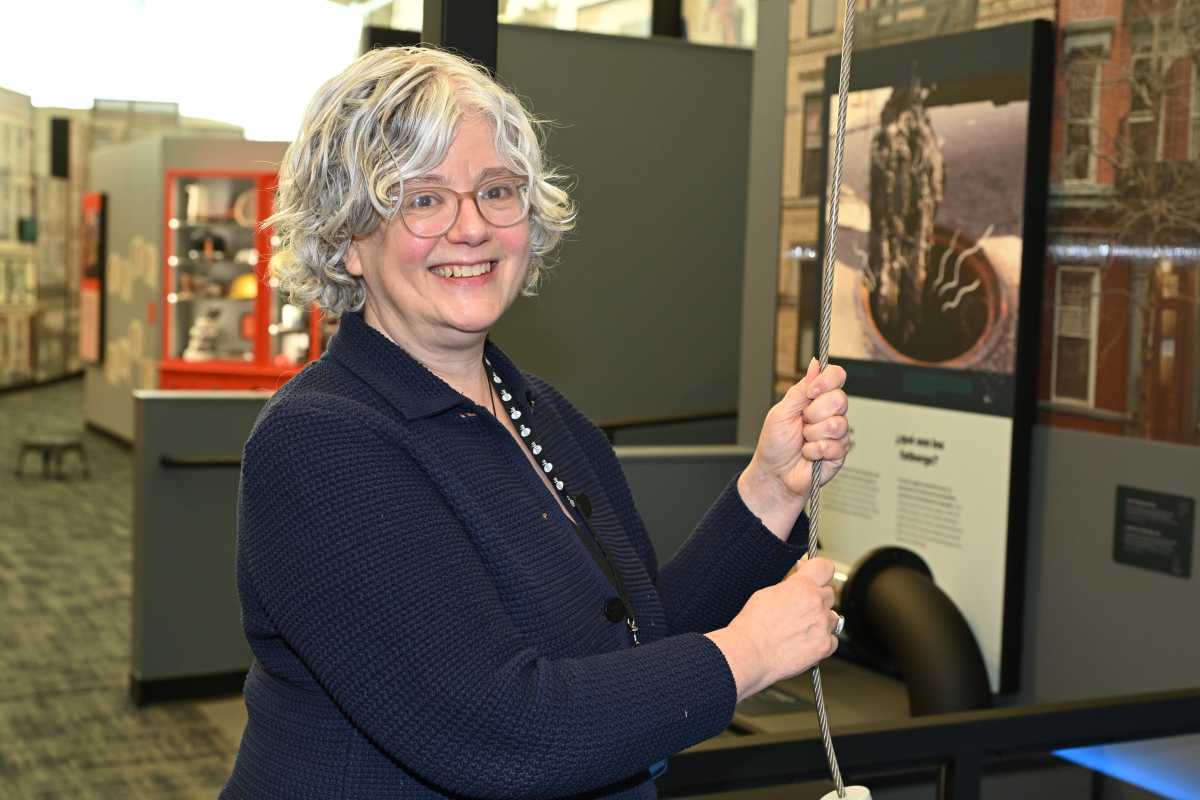
“What our institution can do is give everyone a shared basis of understanding of how the city works today and why and how to begin to think about and build skills for examining the tradeoffs involved in long-term urban planning,” McMillan Culp said.
CityWorks is a tactile experience, allowing guests to simulate driving a bus, observe the city from the perspective of a pigeon, load a garbage truck, build a skyscraper, design a park, and even see what lies beneath a city manhole cover.
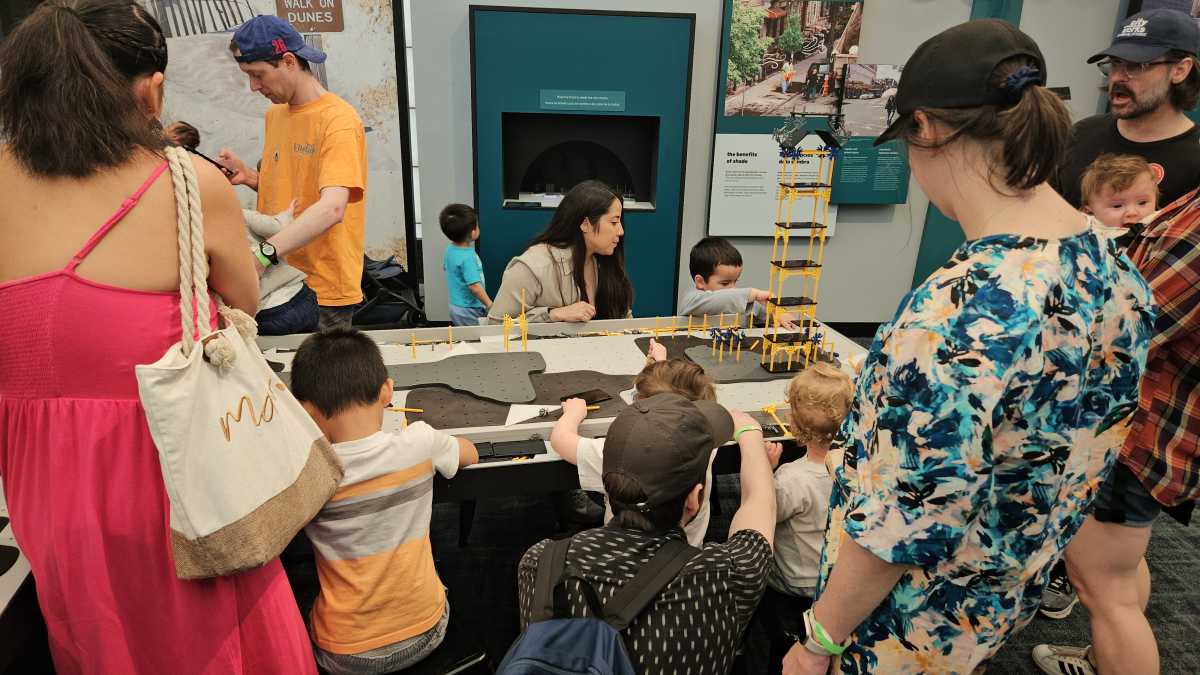
“Growing and evolving cities require skilled talent that can address today’s challenges and adapt for the future,” Guggenheim said. “In New York City and across the nation, civil servants and skilled workers are the backbone that keep cities working, moving, and thriving. CityWorks aims to display the critical importance of the development of skilled trades and competencies, as all cities continue to transition from one generation to the next.”
The New York Hall of Science is located at 47-01 111th St. in Corona, just four blocks south of the 7 train in Flushing Meadows Corona Park.

